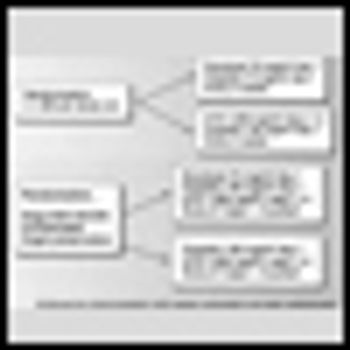
The world’s first clinically operational molecular imager with lutetium oxyorthosilicate (LSO) technology-the biograph LSO, manufactured by Siemens Medical Solutions-has produced a precisely registered, combined positron-emission tomography (PET)/computed tomography (CT) image in 7 minutes at the Hong Kong Baptist Hospital. The biograph LSO imager uses the high-speed properties of LSO as the PET scintillator to provide shorter scan times and unmatched patient throughput.

